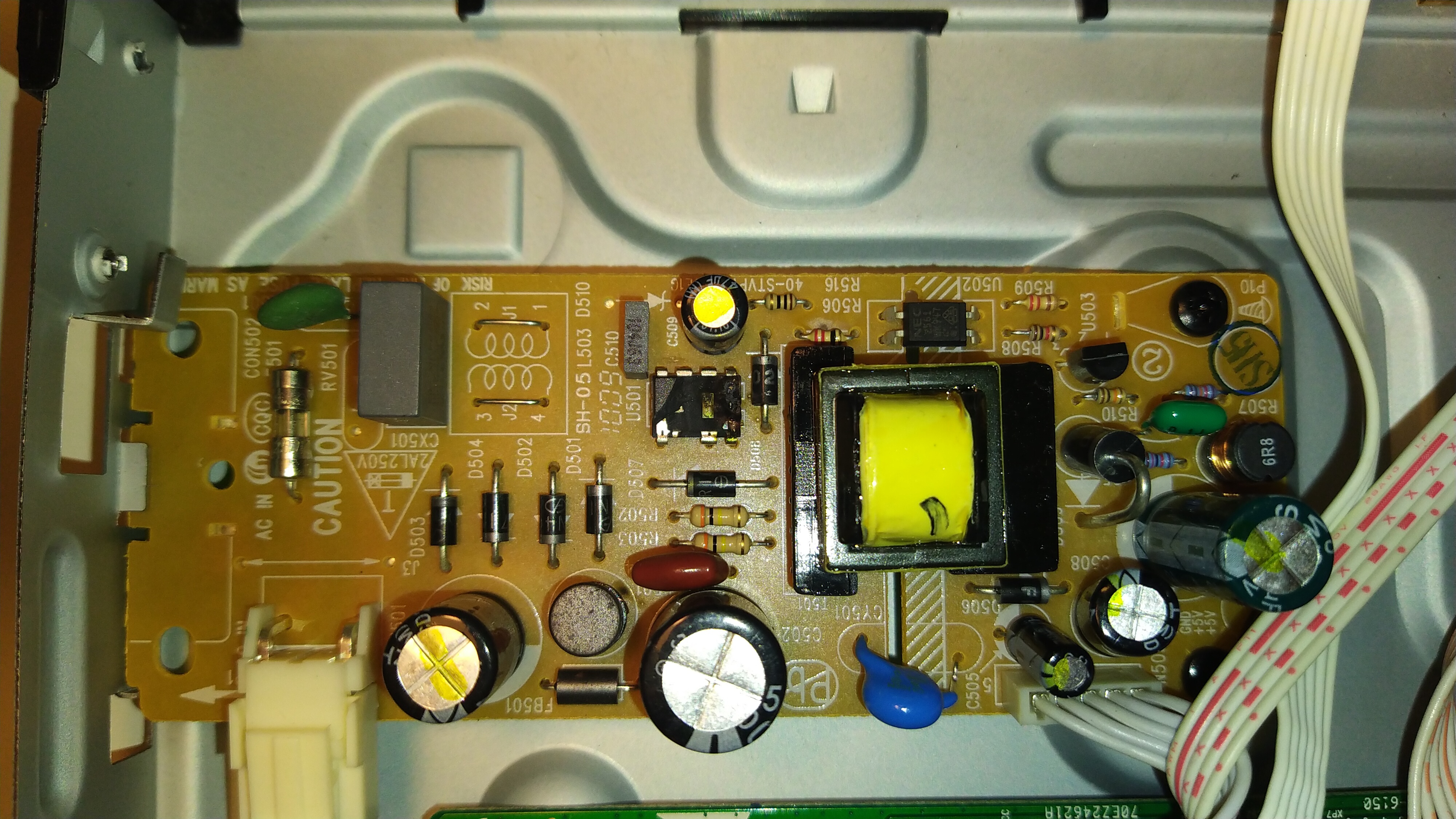hey! i don’t particularly want to post on Reddit, and i just found this community. hopefully there’s someone here who can help.
don’t let me jump to a conclusion here (the good ole X/Y problem we call it in software).
i recently moved into a new house, and my dishwasher’s performance has been next to useless. the first weekend i moved in it had a leak detected so i took the opportunity to take the whole mfer all the way apart and clean the filter and check all the guts. (i ended up removing the sensor completely cuz the false positives were driving me nuts; also this experience made me start distrusting the machine itself)
after this, the residue from the detergent went away, but it wasn’t cleaning anything that wasn’t just something i could rinse off in the sink. i ran dishes through 3, 4, 5, 6 times. in the meantime i started pre-heating my water before starting the machine, based on advice from this Technology Connections video. finally today i hand washed most of the dishes so i could use the dishwasher cleaner i bought.
the dishwasher cleaner was this product: “Finish Dual Action Dishwasher Cleaner: Fight Grease and Limescale, 1 Count”. the idea being if there is some excess lime built up the pressure may not be adequate. the way it’s meant to work (i assume) is you remove a sticker to expose a wax plug that is melted by the heat of the water during the cycle. i set the dishwasher to the most intense setting: heavy wash, extra hot, sanitize. took the thing 3 hours to complete the cycle. i come back, and the wax plug is 100% intact. thus the conclusion: the water isn’t getting hot enough during the cycle even with preheating. based on this i’m assuming that my water line is simply too long for such a modern machine, which (assuming based on the video) is trying to minimize water waste and not sampling enough hot water to get up to normal operating temperature.
the reviews of the machine seem positive, and negative reviews don’t indicate this as a normal issue regarding the effectiveness of the machine.
hope someone can help, because it’s currently an overpriced drying rack for my hand washed dishes.
it’s the Samsung DW80K5050
here’s the manual for the model: https://downloadcenter.samsung.com/content/UM/201610/20161012093615322/DW7000KM-02025B-01_EN_CFR.pdf
